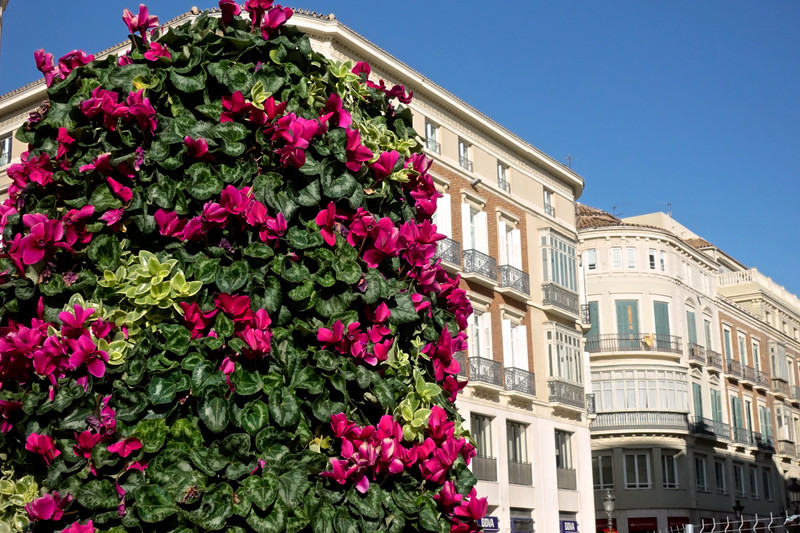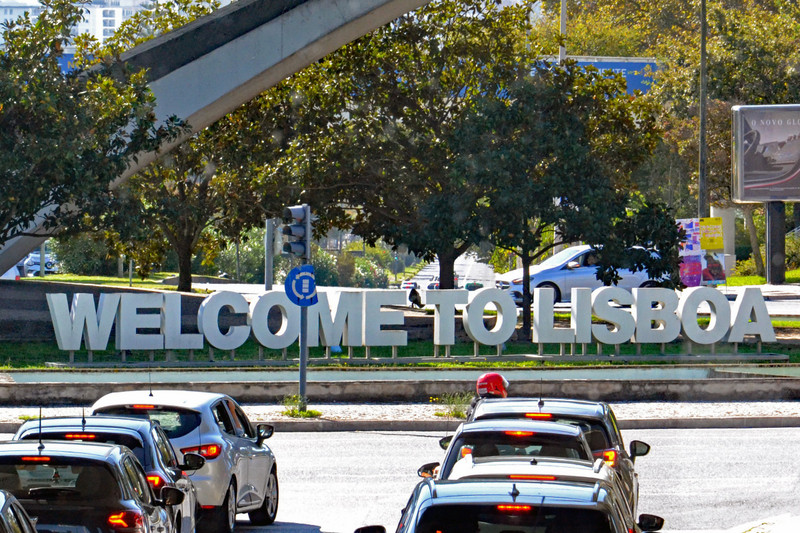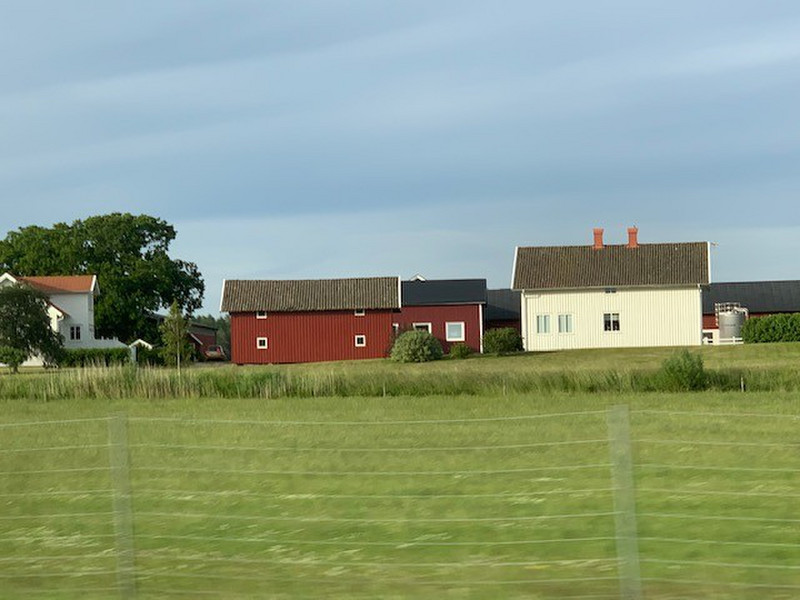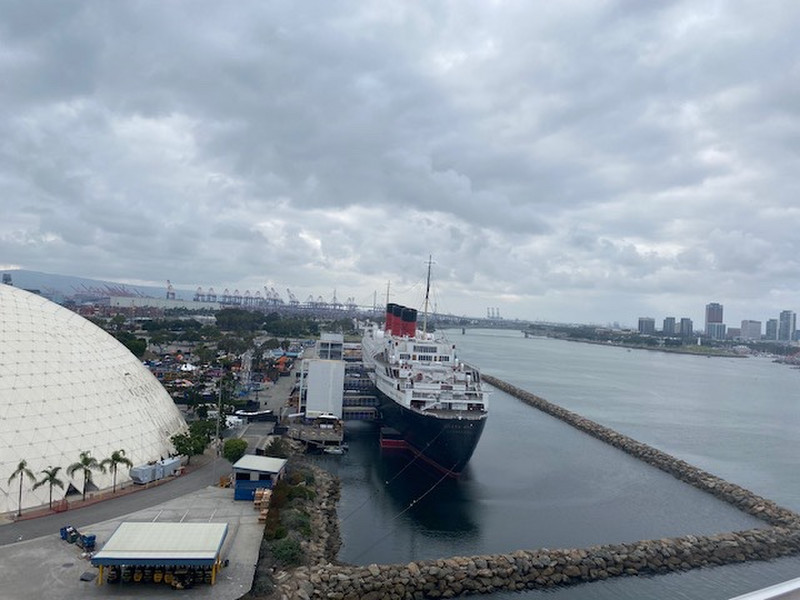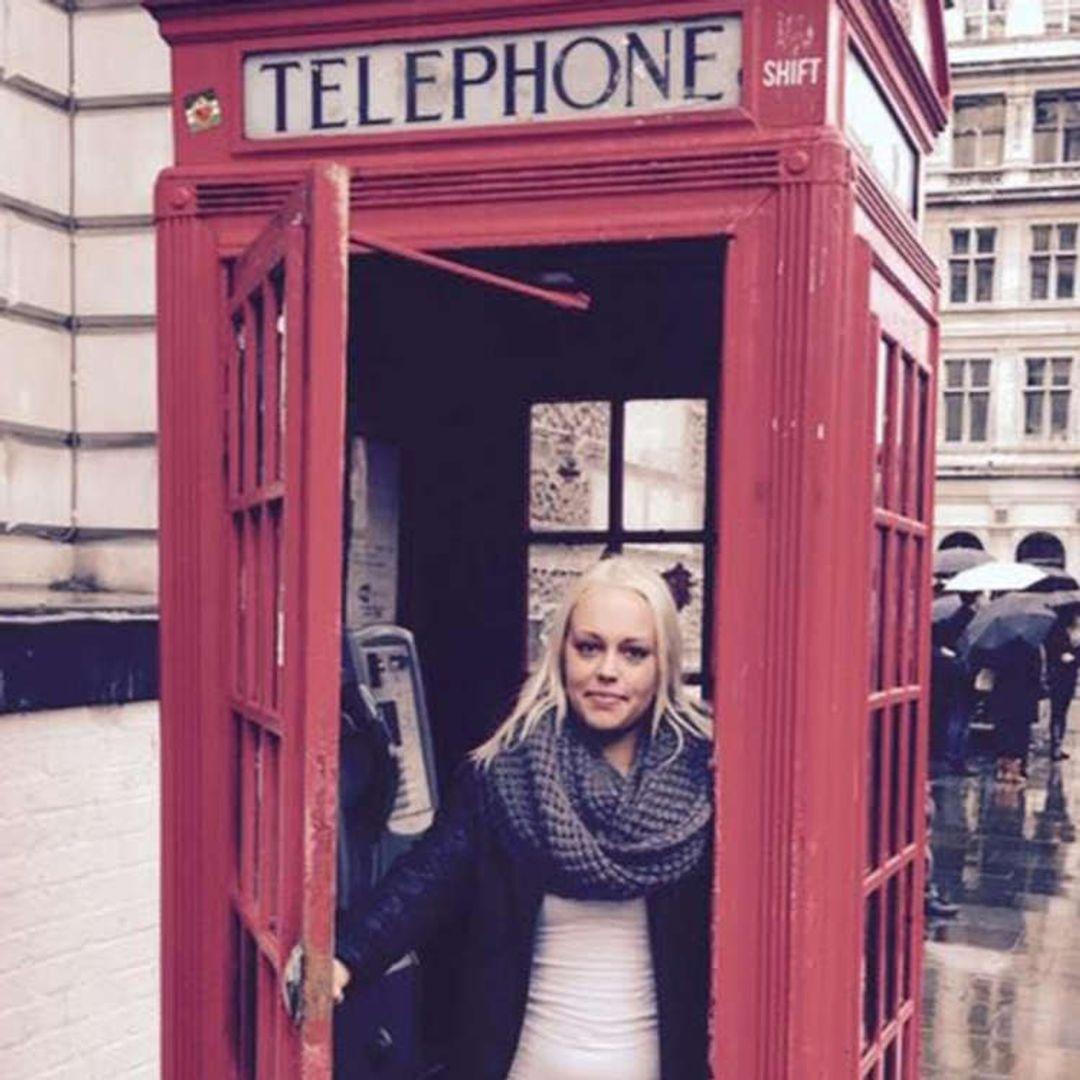Our ship docked at 9am, with easy access to the recently restored Old Town of Malaga. Malaga, we are told, is the main city of coastal Andalucia, along the Costa del Sol, and, like many of the towns we have encountered, retains a distinctly Spanish flavor, with twisting, narrow streets and a lovely waterfront promenade. Tall palm and plane trees, bougainvillea, aloes, and geraniums all made for views that said ‘tropical paradise alongside the clean, modern port. Picasso said of his birthplace, to be a Cubist you have to have been born in Mlaga although I dont see the reference, Ill take his word for it. Malaga was a popular winter holiday site for the wealthy. We were told that today Malaga is where the rich and famous hang out, although none were in sight today.
Our tour began with a leisurely walk taking us to the ruins of the ancient El Teatro Romano or Roman Theater, built more than 2,000 years ago by Augustus. It had been used for two hundred years, before falling into neglect. This theater is the oldest historic monument left in Malaga after the city was bombed by Nationalist sympathizers during
the Civil War. It was originally built in the 1st century AD on top of the ancient baths. In the 5th and 6th centuries it was used as a cemetery. Since the theater was conveniently nestled into the hillside beneath the Alcazaba, stone was easily moved from here to refurbish the Moorish construction of the fortress, where you can still find capitals and shafts of Roman columns. After remaining hidden for centuries, the Roman Theater was discovered in 1951. It has three parts: the ‘caea or stands, the orchestra pit or semicircular area between the stands, and the stage. The theater has been restored for its original use for concerts and theater productions.
When we entered the theater, the sun was behind the buildings putting us in the shade. The winds swept by chilling Dave and me as we sat on the cold stone steps listening to our guide describe the social seating arrangements for the 7,000 theater patrons. As much as I was interested in the history, I was more interested in leaving for a place in the sun, so we did just that, we left for the sunnier Alcazaba.
de Malaga of two walled enclosures. It was originally connected to the city ramparts that formed a third defensive wall, now only two inner wall remain. The second inner area of the fortress enclosed and punctuated with several defensive towers. The outer citadel is accessed through the Puerta de la Boveda or Vault Gate, then the gate doubles back, a design to make it nearly impossible for a surprise takeover of the fortress. We walked some of these dark stone returns imagining the an invaders shock at what he would find around the next corner.
There is a lot of climbing in these old ruins, which will warm you up even if the sun doesnt. The pathway we were on wound up to the enclosed gardens and lovely fountains, where we all took turns posing for photos. We then passed through the Gate of the columns, later called the Tower of Christ, that also served as a chapel. Another inner enclosure is accessed through the Gate of the Granada Quarters that acts as the defense for the western side of the palace. This is one place you would not want to go to uninvited (or
Inside the Alcazaba we found remnants of decorations that had covered every space, no matter how small it was. Most of the decorations are lost but we still saw some fragments of the Mudejar decorated ceramic and plasterwork that brought life to the room. We entered a room displaying Hispanic Muslim Medieval Nazari Pottery that was found in the Alcazar. The art and architecture of the Nasrid period originated in the Kingdom of Granada. The art and architecture of this period represent some of the most beautiful works of Muslim art in Spain.
With tired legs we plugged on towards Malagas treasure, its massive cathedral.
